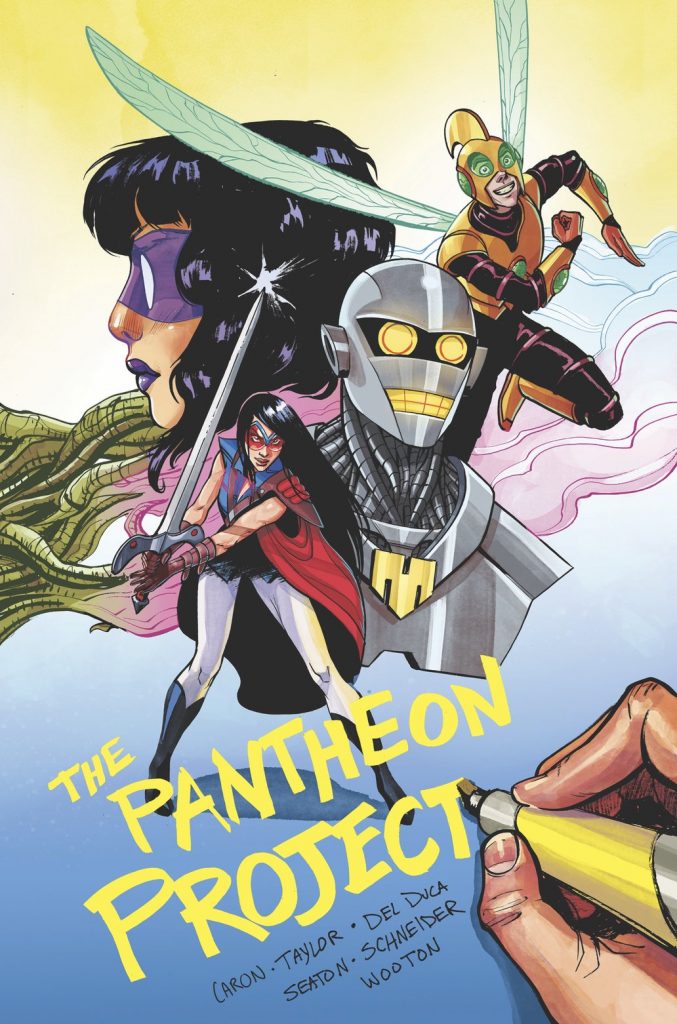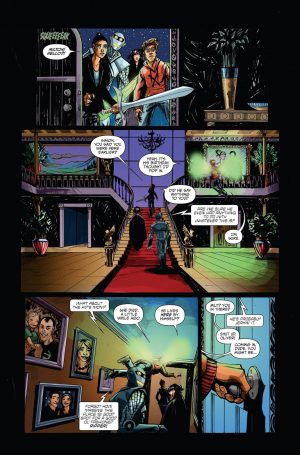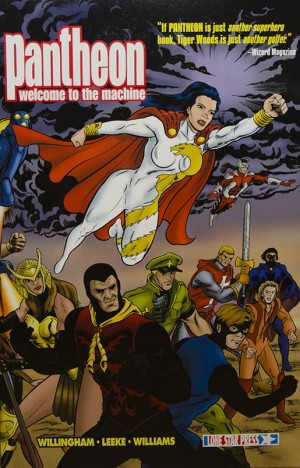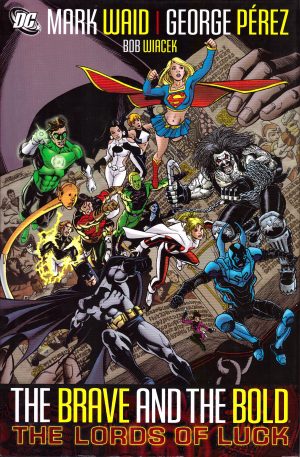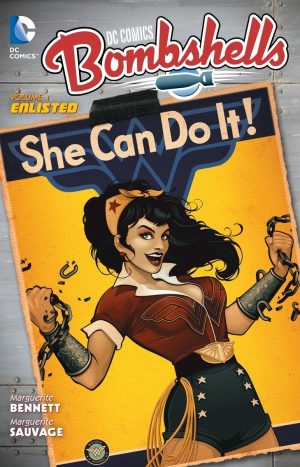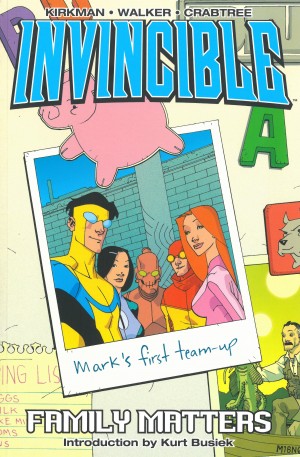Review by Frank Plowright
As youngsters a group of what are now high school teenagers used be taken to Milton Manners’ house where they always played at being superheroes, constructing identities and powers for themselves. Milton, however, has an aggressive brain tumor, and while the visits of others diminish over the years he throws himself completely into The Pantheon Project, taking that time to construct an elaborate story for the childhood characters. All but one of his old friends has consigned Milton to the past, and they’re no longer so close as a group, but are forced together again when one night they all develop the super powers they fantasised about as children. They’d like to know how that happened, and consider a purpose, but by this point Milton’s unable to give them any further information. However, just like in the games they played, there’s a secret headquarters in his closet.
Because the story starts with children and because Leila del Duca uses a broad cartoon style to illustrate The Pantheon Project, there’s a starting expectation that this is pitched at a certain level. It’s not. Erik Taylor has plenty of nasty surprises to distribute, and there are some very dark turns indeed as he rolls them out in a very clever meshing of superheroes with dungeons and dragons. Some people are not what we’re led to expect them to be, and some of those who’re supposed to be heroes sure don’t act that way. Even if you’ve read superhero comics your entire life it’s likely that you’ll come across something new, and how good is that?
The art doesn’t match the originality of the story. It’s bright and it’s bold, and the cast are well distinguished, but that’s alongside some flat faces and sketchy areas, more frequent as the story continues. Taylor’s writing also takes a dive before the end as he rushes to the finish line earlier than intended. The four chapters provide a complete story, and all the explanations are sort of there, but presumably sales of serialised issues didn’t merit six episodes, and rather than letting those who had invested down, Taylor rightly chose the rushed ending in preference to leaving things hanging. It does, however, make for an ultimately unsatisfying graphic novel. It’s still worth looking at, though, as how often do you come across new ideas in superhero comics?
